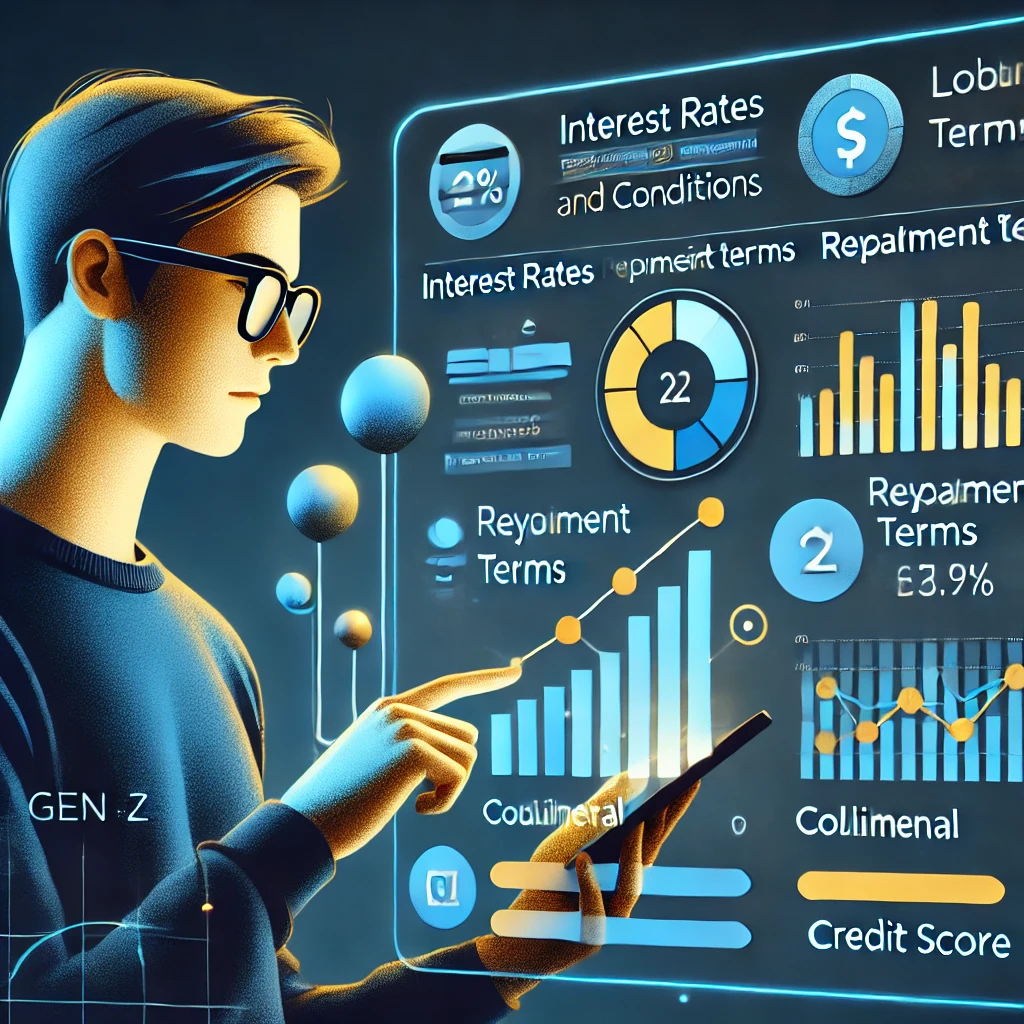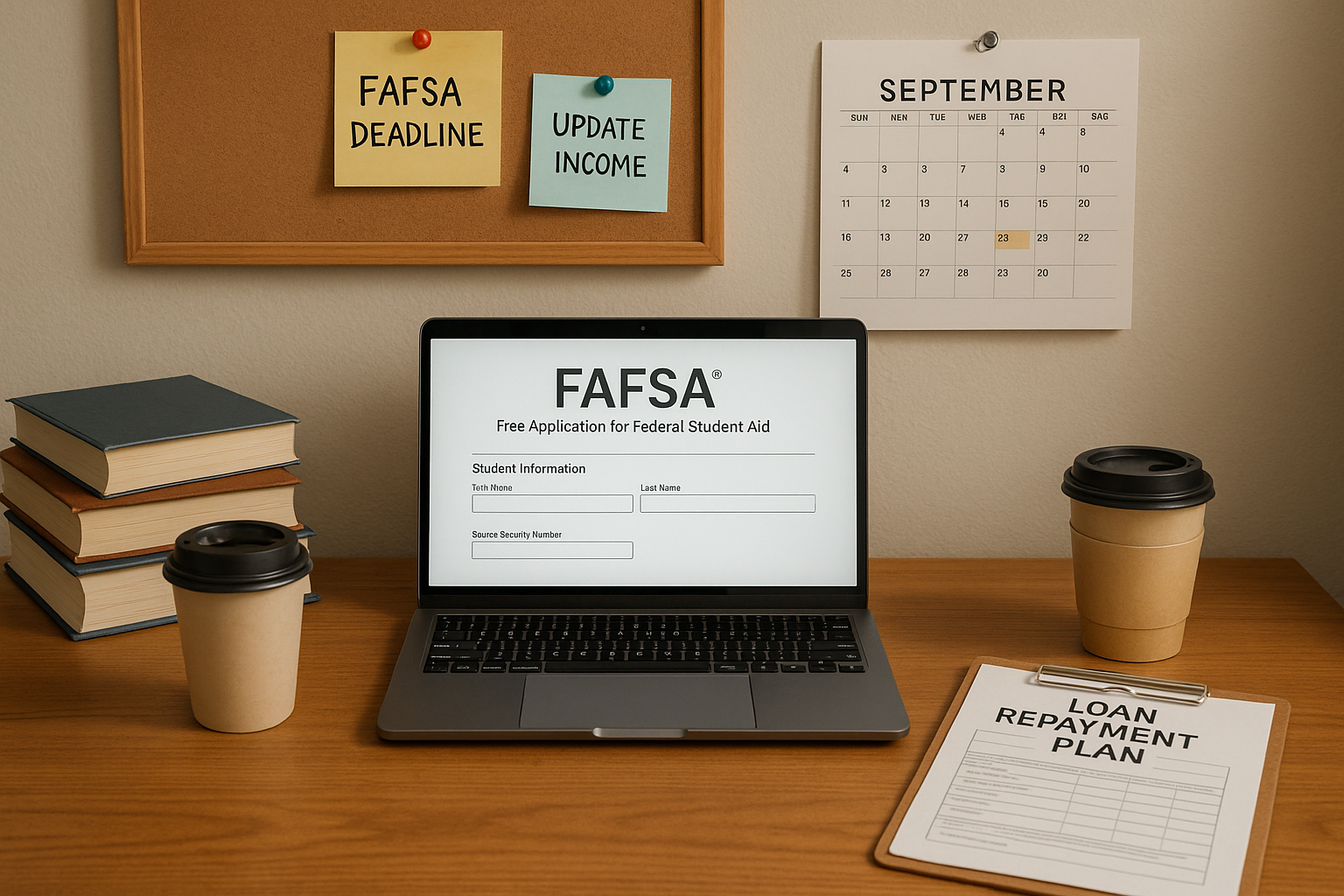
Loans are a common financial tool that can help individuals achieve their goals, whether they’re buying a car, furthering their education, or covering personal expenses. In this article, we will explore the most common types of loans and the key terms and conditions you should understand before taking one.
Overview of Common Loan Types
Personal Loans
Personal loans are versatile and can be used for a wide range of purposes, such as consolidating debt, funding home improvements, or covering unexpected expenses. These loans are typically unsecured, meaning they do not require collateral.
Key Features of Personal Loans:
- Fixed or variable interest rates
- Fixed repayment terms
- No collateral required
Auto Loans
Auto loans are specifically designed for purchasing a vehicle. These loans are usually secured by the vehicle itself, meaning the lender can repossess the car if you default on the loan.
Key Features of Auto Loans:
- Secured by the vehicle
- Fixed interest rates
- Flexible repayment terms
Student Loans
Student loans are intended to help cover the cost of higher education, including tuition, books, and living expenses. These loans can be federal or private, with federal loans often offering more favorable terms.
Key Features of Student Loans:
- Federal or private options
- Fixed or variable interest rates
Deferred repayment options while in school
Key Terms and Conditions to Understand Before Taking a Loan
Before taking out any loan, it’s essential to understand the key terms and conditions that come with it:
- Interest Rate: The cost of borrowing money, expressed as a percentage. It can be fixed or variable.
- APR (Annual Percentage Rate): The total cost of borrowing, including interest and fees, expressed as an annual percentage.
- Repayment Term: The length of time you have to repay the loan. Longer terms usually mean lower monthly payments but higher overall interest costs.
- Collateral: Assets that secure the loan. If you default, the lender can take the collateral.
- Prepayment Penalties: Fees charged if you pay off the loan early.
Credit Score: Your creditworthiness, which can affect your ability to obtain a loan and the interest rate you’ll be offered.
Conclusion
Understanding the different types of loans and their terms can help you make informed financial decisions. Whether you need a personal loan, an auto loan, or a student loan, being aware of the key conditions and terms will help you choose the best option for your needs.Don’t miss our next post, where we will dive into the Loan Application Process!






